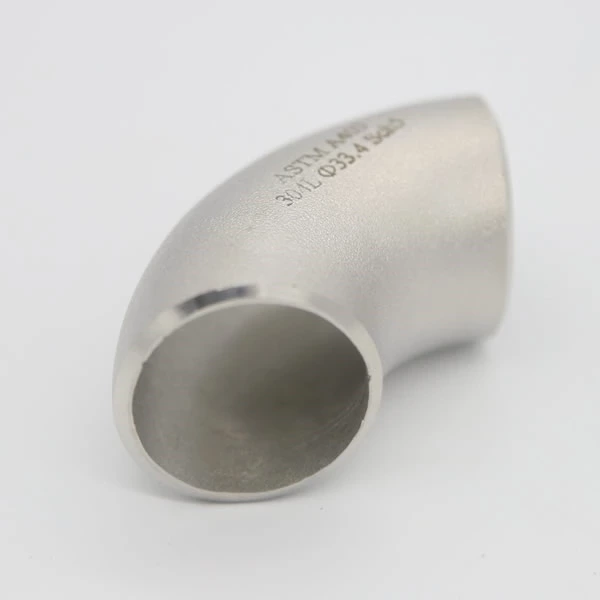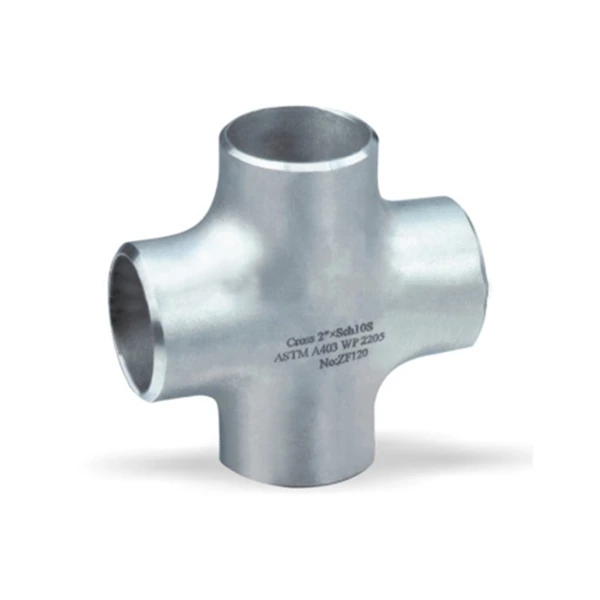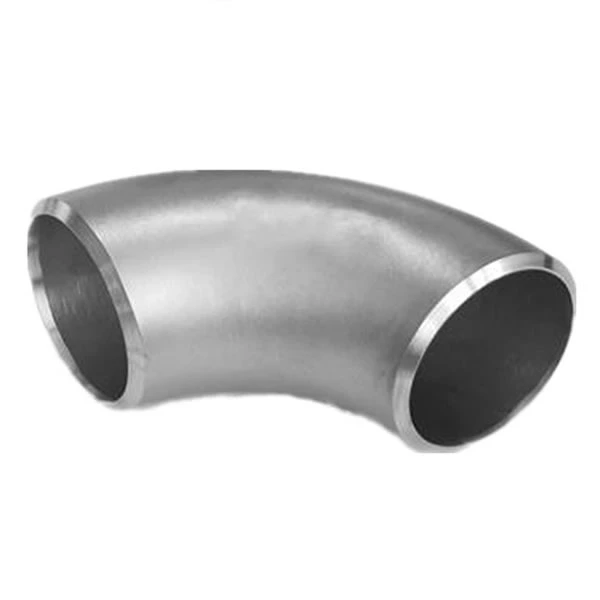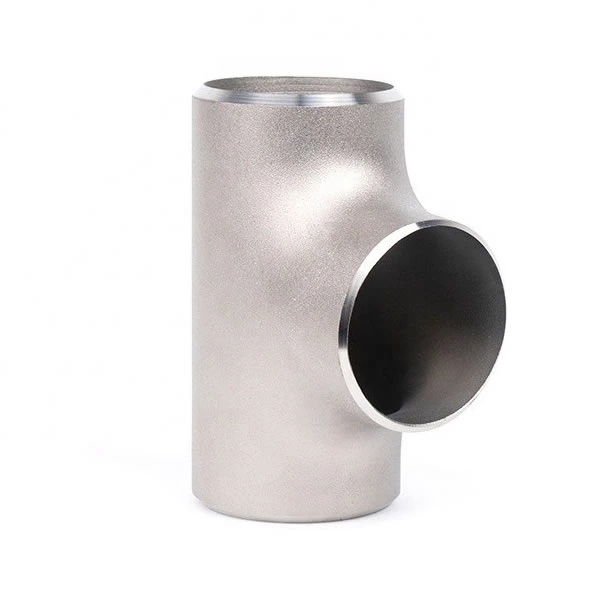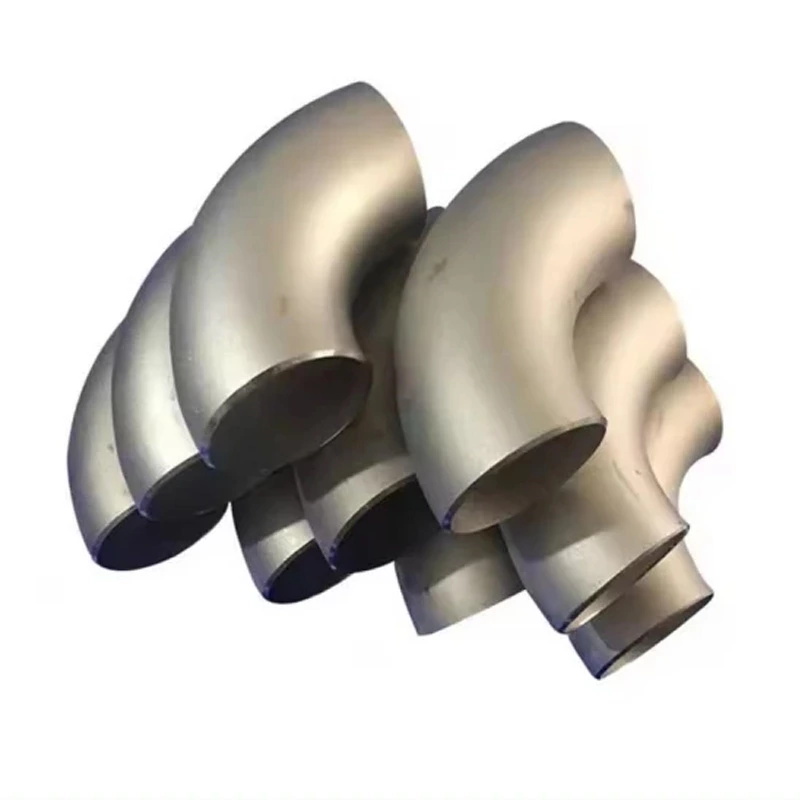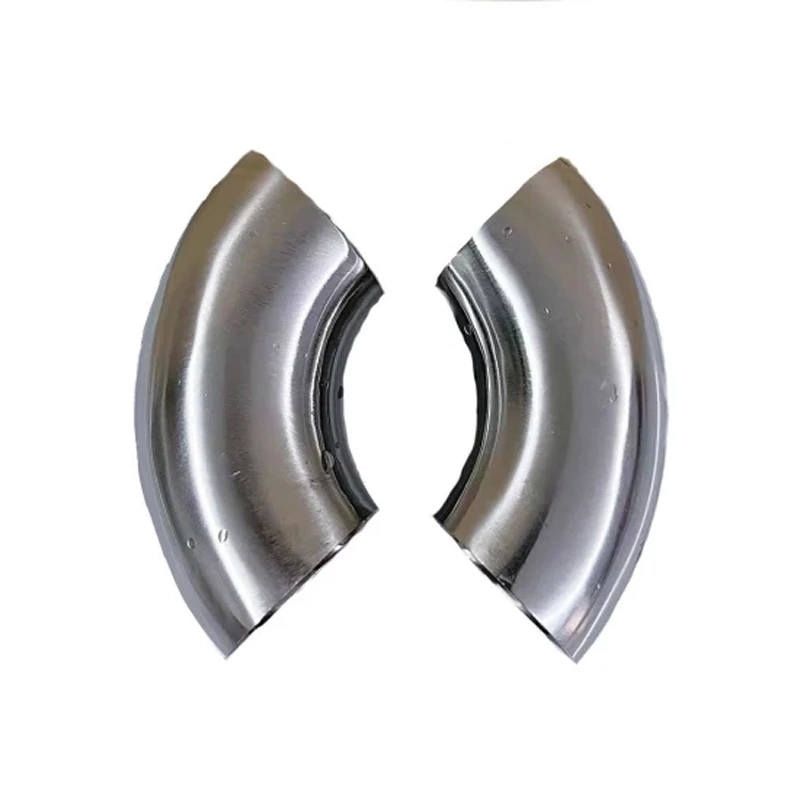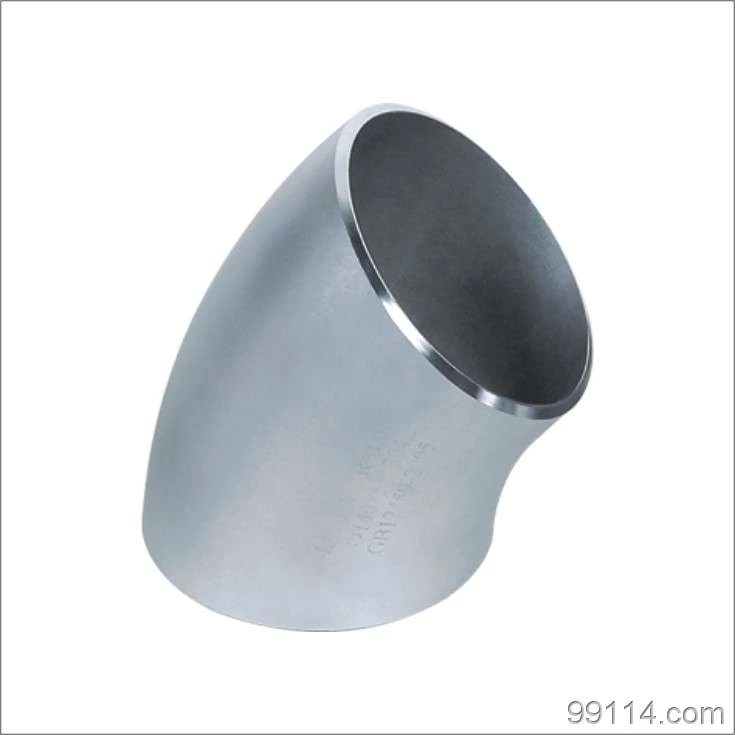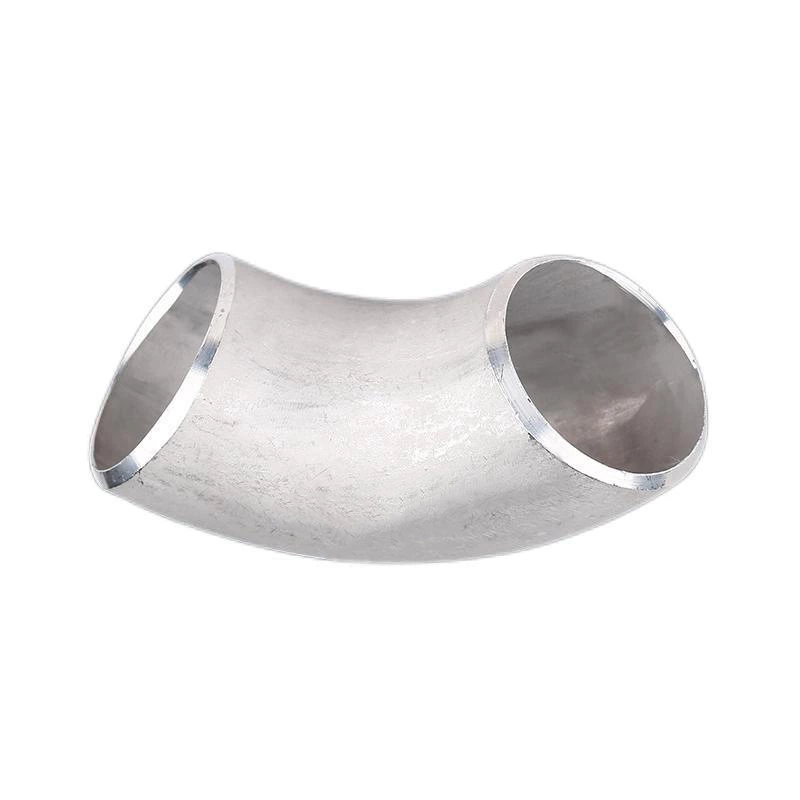Stainless Steel Pipe Manufacturers Introduce The Basic Composition And Methods Of Ultrasonic Testing
A complete ultrasonic testing process for austenitic welds should include two major parts: the inspected Stainless Steel Weld Fittings and the testing equipment. The inspected stainless steel pipe fittings include the metal base material and the weld formed by welding, and the testing equipment can be roughly divided into three sub-parts: ultrasonic flaw detector, ultrasonic probe and shielded cable, etc.
After welding is completed, a weld area will be formed between the two metal base materials. The metal material in this area is generally the same as the base material, but the parameters such as chemical composition and mechanical properties are still different from those of the base material. In order to ensure that austenitic stainless steel pipe fittings enter the service stage in a qualified state and can remain in a qualified state during the service stage, ultrasonic testing instruments are required to evaluate whether they meet safety standards.
After welding is completed, the iron filings and other attachments on the surface of the inspected stainless steel elbow are cleaned, and then a uniform layer of coupling agent (such as water or oil, etc.) is applied to ensure that the probe and the surface of the inspected stainless steel pipe fitting can be completely coupled together, and there is no air gap between the two.
After placing the probe on the surface of the inspected stainless steel pipe fitting, use a shielded cable to connect it to the ultrasonic flaw detector. The ultrasonic flaw detector then sends out a high-voltage narrow pulse electrical signal, and the piezoelectric chip in the probe emits ultrasonic waves under the stimulation of this voltage. After the ultrasonic wave enters the metal, it will generate an echo when it encounters a discontinuous interface. The probe then converts this ultrasonic echo into a weak electrical signal and transmits it to the flaw detector through a shielded cable.
After the ultrasonic flaw detector receives the ultrasonic echo signal, it will filter, amplify, calculate, and store it, and then display the relevant information of the defect on the screen.

